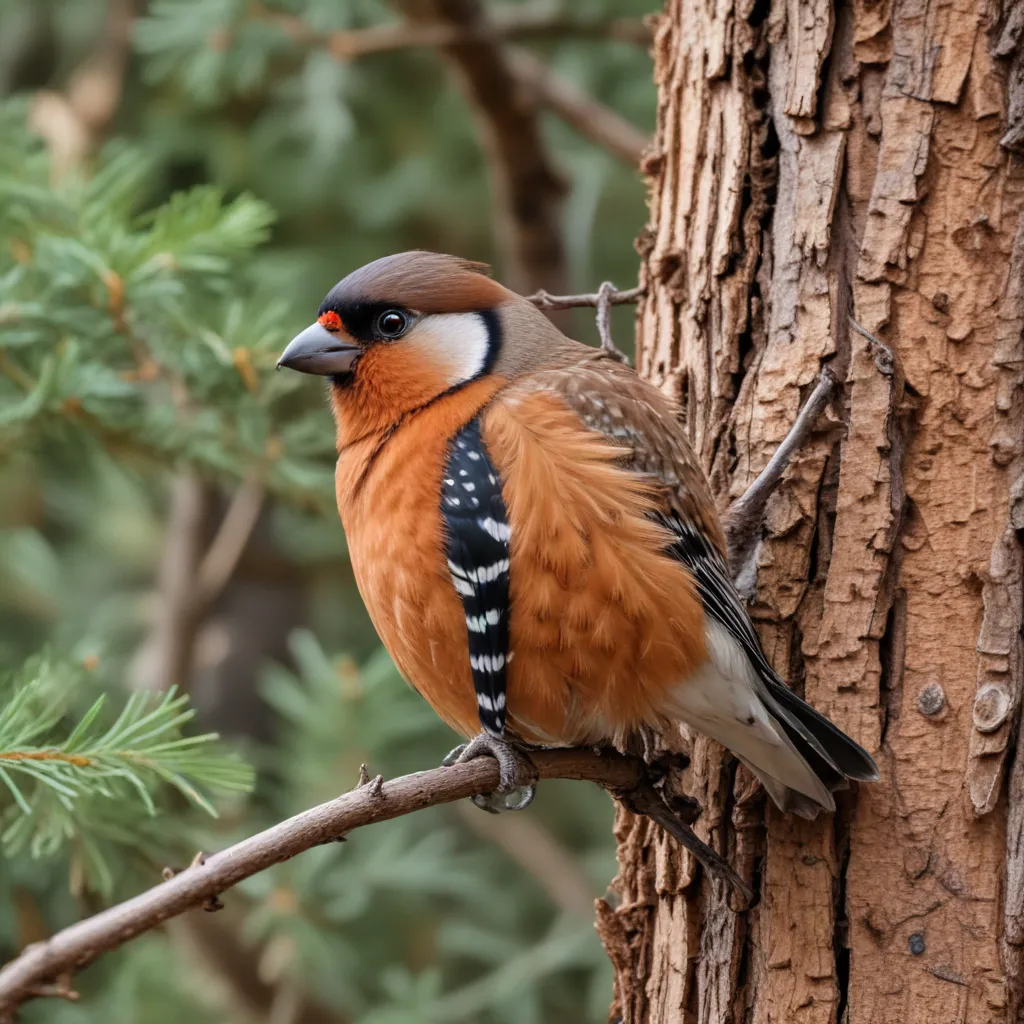
Crooked Pines Farm is home to a diverse array of winged wonders that flit and flutter throughout our fields, forests, and wetlands. From the vibrant red plumage of the Northern Cardinal to the graceful aerial displays of the Bald Eagle, our feathered inhabitants play a vital role in the rich tapestry of our farm ecosystem. Join us as we explore the fascinating world of the birds that call Crooked Pines home.
Avian Diversity
Common Avian Species
Our rolling hills and lush meadows provide ample habitat for a variety of common bird species. The cheerful trills of the Eastern Bluebird and the energetic calls of the Black-capped Chickadee are familiar soundtracks to our days. The stately presence of the Great Blue Heron along our ponds and streams serves as a reminder of the abundant aquatic life that sustains our avian neighbors.
Migratory Bird Patterns
As the seasons change, Crooked Pines becomes a hub for migratory birds en route to their summer or winter destinations. Each spring, the vibrant Scarlet Tanager and the melodious Wood Thrush arrive, filling our forests with their distinctive songs. In the fall, the skies above our farm come alive with the graceful flocks of Canada Geese and the stunning Monarch Butterflies that our feathered friends depend on for sustenance.
Rare and Endangered Birds
While the common species are a delight to observe, Crooked Pines is also home to several rare and endangered birds. The elusive Bald Eagle, once on the brink of extinction, now soars majestically over our ponds, a testament to the success of conservation efforts. Equally impressive is the occasional sighting of the Peregrine Falcon, the world’s fastest avian predator, as it dives for its prey with breathtaking speed.
Ecological Significance
Habitat and Nesting
Our diverse landscapes, from the towering coniferous forests to the lush riparian zones, provide ample nesting opportunities for our avian residents. The dense thickets of our shrublands offer shelter for ground-nesting species like the Ruffed Grouse, while the cavity-dwelling birds, such as the Downy Woodpecker, thrive in the old-growth trees.
Food Web Interactions
The birds of Crooked Pines play a crucial role in the farm’s delicate food web. Insect-eating species like the Eastern Phoebe and the Baltimore Oriole help to control pest populations, while the seed-eating finches and sparrows play a vital part in seed dispersal and plant regeneration. The predatory birds, such as the Red-tailed Hawk, maintain a balance by keeping smaller mammal and reptile populations in check.
Conservation Efforts
At Crooked Pines, we take pride in our commitment to bird conservation. We’ve partnered with local organizations to establish certified wildlife habitats, strategically planted native vegetation to support our feathered friends, and participated in citizen science initiatives like the annual Christmas Bird Count. By providing safe havens and monitoring population trends, we aim to ensure the long-term prosperity of our avian community.
Birding Opportunities
Birdwatching Trails
Crooked Pines offers a network of well-maintained nature trails that provide ample opportunities for birdwatching. Our Meadow Loop trail is a favorite for spotting the vibrant meadowlarks and the elusive Grasshopper Sparrow, while the Woodland Wander trail allows visitors to immerse themselves in the forest canopy, where they may catch a glimpse of the majestic Pileated Woodpecker.
Seasonal Highlights
Throughout the year, our avian inhabitants present a ever-changing array of seasonal specialties. In the spring, the return of the Ruby-throated Hummingbird and the impressive mating displays of the Wild Turkey are just a few of the captivating sights to behold. As the days grow shorter, the brilliant fall foliage serves as a stunning backdrop for the migration of waterfowl and raptors.
Citizen Science Initiatives
Crooked Pines Farm is proud to partner with local conservation organizations to engage our community in citizen science projects. By participating in initiatives like the Great Backyard Bird Count, visitors can contribute valuable data that helps researchers understand population trends and guide future conservation efforts.
Avian Adaptations
Feather Structure
The intricate feather structure of our avian residents is a marvel of evolutionary design. From the flight feathers that enable their graceful aerial maneuvers to the down feathers that provide insulation, each feather type serves a specific purpose in the bird’s survival and well-being.
Flight Mechanisms
The birds of Crooked Pines have mastered a diverse range of flight techniques, from the flapping of the American Robin to the soaring of the Turkey Vulture. By studying their unique wing shapes and body proportions, we gain a deeper appreciation for the engineering marvels that allow them to navigate their environments with such ease.
Foraging Strategies
Whether it’s the ground-feeding habits of the Dark-eyed Junco or the insect-gleaning techniques of the Tufted Titmouse, our avian residents have evolved a remarkable array of foraging strategies to ensure their sustenance. By observing these behaviors, we gain a better understanding of the intricate web of interspecies relationships that sustain our farm’s ecosystem.
From the vibrant plumage of our songbirds to the majestic soaring of our raptors, the feathered inhabitants of Crooked Pines Farm are a true testament to the beauty and diversity of the natural world. By embracing their presence and supporting their conservation, we not only enrich our own lives but also ensure the long-term health and balance of our beloved farm. So, grab your binoculars and join us on a journey to discover the wonders of the avian world at Crooked Pines!


